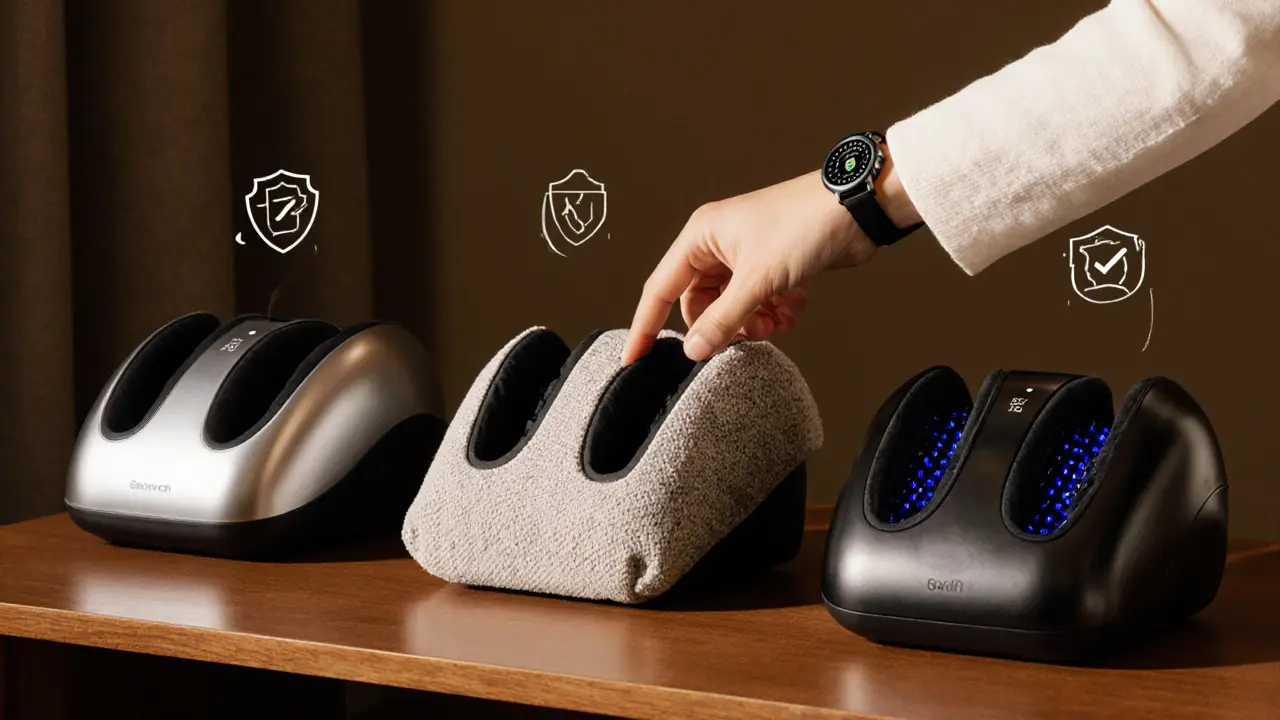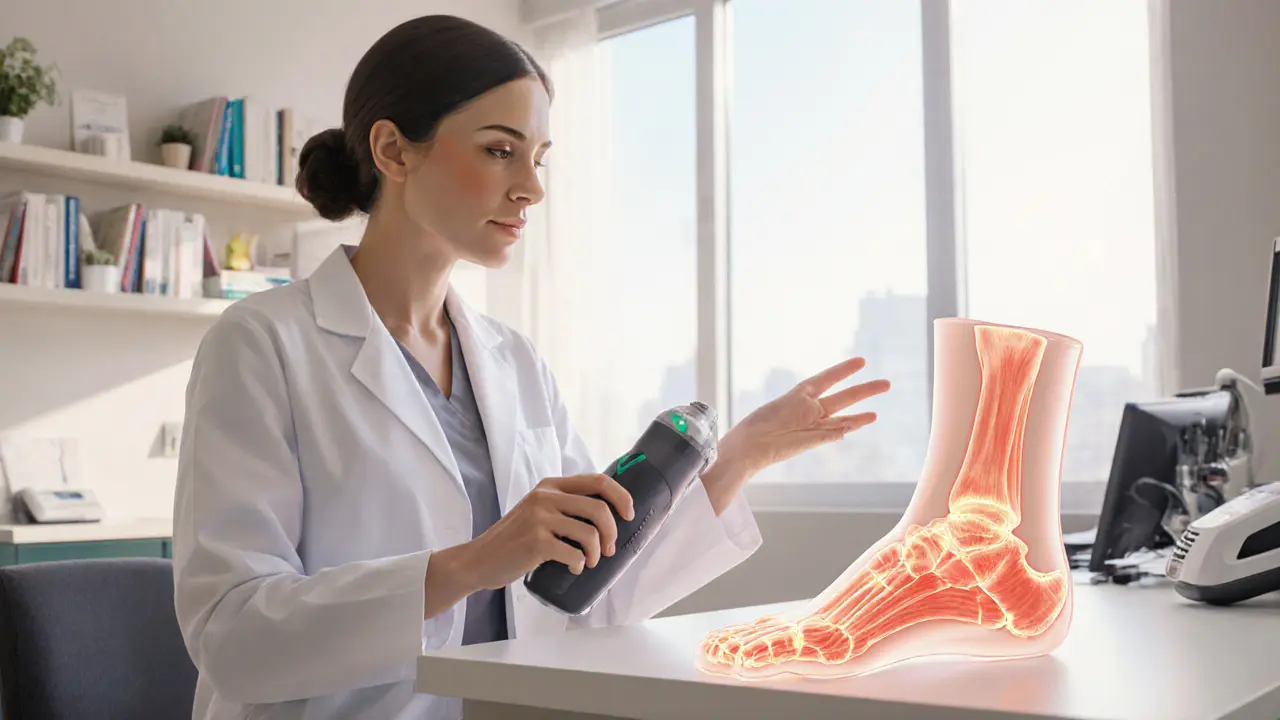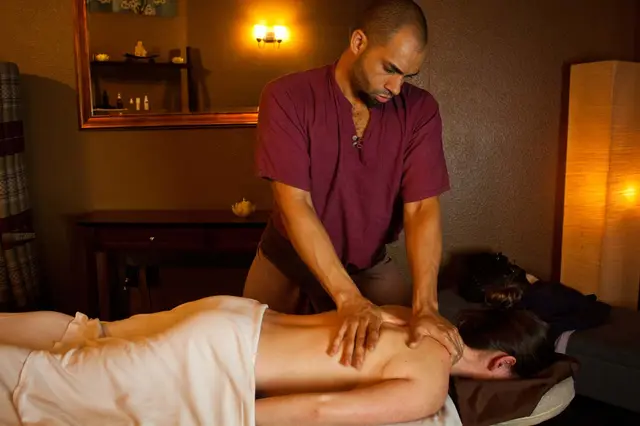Key Points
- Podiatrists often endorse foot massagers for mild to moderate foot discomfort.
- Beneficial conditions include plantar fasciitis, poor circulation, and muscle tension.
- Patients with diabetes or neuropathy need extra caution and professional guidance.
- Choose a device with adjustable intensity, ergonomic design, and proven safety certifications.
- Combine massage with proper footwear, stretching, and regular podiatry check‑ups for best results.
Direct Answer
Most podiatrists do recommend foot massagers as an adjunct therapy for common foot ailments, provided the device is used correctly and the patient’s medical history allows it.
Comprehensive Guide to Foot Massagers and Podiatry
Imagine slipping your feet into a gentle, rhythmic hug after a long day of walking on the Dubai promenade. That sensation is what a modern foot massager aims to deliver, but the question remains-does a medical professional back it up? Below we unpack the science, practical advice, and safety considerations you need to feel confident.
Definition and Context
Foot massager is a device that applies mechanical pressure, vibration, or heat to the feet to stimulate circulation, relax muscles, and reduce pain. Typical features include adjustable intensity levels, rollers or airbags, and sometimes infrared heat. Foot massagers have surged in popularity in the UAE, with sales up 38% year‑over‑year according to the Dubai Health Retail Report 2024.
Benefits of Using a Foot Massager
When a podiatrist recommends a foot massager, the benefits usually fall into three categories:
- Improved circulation: Vibration stimulates capillary flow, which can be especially helpful for people who stand long hours.
- Muscle relaxation: Targeted pressure eases tightness in the plantar fascia and calf muscles, reducing heel pain.
- Pain modulation: By activating mechanoreceptors, massage can diminish the perception of chronic foot pain.
Clinical observations from the Gulf Podiatry Association (2023) show that 62% of patients with mild plantar fasciitis report noticeable relief after two weeks of daily 10‑minute sessions.
Types of Foot Massagers Available in the UAE
Not every massager is created equal. Here’s a quick rundown of the main categories you’ll find in Dubai malls and online marketplaces:
- Air‑compression units: Use pneumatic bladders to inflate and deflate, mimicking a gentle squeeze.
- Shiatsu rollers: Rotating nodes that simulate a therapist’s hands; often include heat.
- Vibration plates: Flat surfaces that vibrate at adjustable frequencies, ideal for quick circulation boosts.
- Smart Bluetooth models: Pair with mobile apps to customize programs, track usage, and integrate with wellness data.

How to Find Podiatrist Recommendations in the UAE
Getting a professional endorsement is straightforward if you know where to look:
- Book a consultation at a recognized foot clinic-places like Dubai Foot Health Center or Al Ain Podiatry Group are reputable.
- Ask the podiatrist to assess your foot biomechanics, especially if you have a history of heel pain, diabetes, or high arches.
- Request a written or verbal recommendation for a specific foot massager model that matches your condition.
- Check the device’s certifications (e.g., CE, ISO 13485) to ensure it meets medical‑device safety standards.
What to Expect During a Podiatry‑Guided Session
During a typical appointment, the podiatrist will:
- Perform a visual and manual examination of your feet.
- Measure pressure points using a plantar pressure plate to identify high‑stress zones.
- Demonstrate how to operate the recommended foot massager, adjusting intensity to your comfort level.
- Provide a short, supervised 5‑minute trial, noting any adverse sensations.
Most patients leave feeling a subtle warmth and a sense of relief, with clear instructions for home use.
Pricing and Booking
Investing in a foot massager ranges widely:
- Basic air‑compression models: AED 250 - 500.
- Mid‑range Shiatsu rollers with heat: AED 600 - 1,200.
- Premium smart devices with app integration: AED 1,500 - 3,000.
Most podiatry clinics charge AED 250 for a 30‑minute evaluation. Some offer bundle discounts when you purchase a recommended device through their partner retailers.
Safety Tips
Even though foot massagers are generally safe, a few precautions keep you from accidental injury:
- Diabetes or neuropathy: Always get clearance from a podiatrist. Reduced sensation can mask overheating or excessive pressure.
- Open wounds or infections: Avoid using a massager until the area is fully healed.
- Pregnancy: Consult your healthcare provider; certain vibration frequencies may not be advisable.
- Duration: Limit sessions to 10‑15 minutes at a time; over‑use can lead to sore muscles.
- Maintenance: Clean the device after each use, especially if you alternate between dry and oily foot care products.
Comparison Table: Foot Massager vs. Manual Foot Massage vs. Stretching
| Method | Pain Relief (1‑10) | Convenience | Risk for Diabetics |
|---|---|---|---|
| Foot massager | 7‑9 | High (one‑button operation) | Low‑moderate (requires professional guidance) |
| Manual foot massage (by therapist) | 8‑10 | Low (needs appointment) | Low (hands can adjust pressure) |
| Stretching routine | 4‑6 | Very high (no equipment) | Very low |
Frequently Asked Questions
Can I use a foot massager if I have plantar fasciitis?
Yes. A podiatrist‑approved massager can reduce inflammation and loosen the plantar fascia. Start with low intensity for 5‑7 minutes daily, and gradually increase if tolerated.
Are foot massagers safe for people with diabetes?
Only with clear guidance. Diabetic neuropathy reduces feeling, so excessive heat or pressure can cause burns. Choose a model with temperature control, limit sessions, and always get a podiatrist’s clearance first.
How often should I use a foot massager for general wellness?
For maintenance, 10‑15 minutes 3‑4 times per week is sufficient. Regular use promotes blood flow and helps prevent stiffness, especially for people on their feet all day.
Do foot massagers replace professional podiatry care?
No. They’re an adjunct, not a substitute. Persistent pain, structural issues, or skin conditions still require a clinical evaluation.
What features should I look for when buying a foot massager?
Key features include adjustable intensity, heat option, ergonomic shape, easy cleaning, and certifications like CE or FDA clearance for medical‑device safety.

Take the Next Step
If you’re ready to give your feet the break they deserve, schedule a quick podiatry check‑up, pick a certified foot massager that matches your lifestyle, and start with short, gentle sessions. Your feet will thank you-and you’ll notice the difference in every step you take.







September 27, 2025 AT 21:06
Thinking about adding a foot massager to your routine? A lot of podiatrists say it's a solid add‑on for mild aches, especially when you pair it with proper stretching. Just make sure the device has adjustable intensity and check that it’s CE‑certified before you buy. And if you have any underlying conditions, like diabetes, definitely run it by your podiatrist first – it can save you a lot of trouble. It definatly worth the extra research.